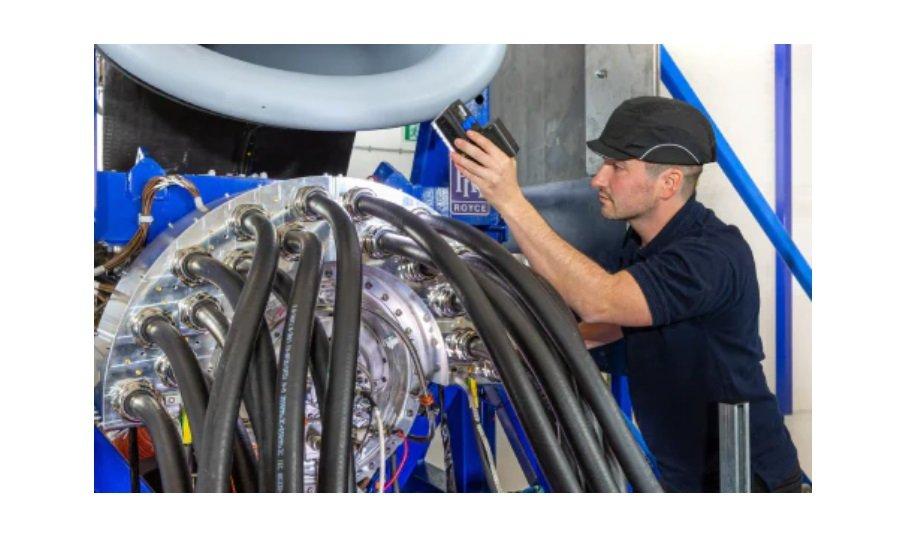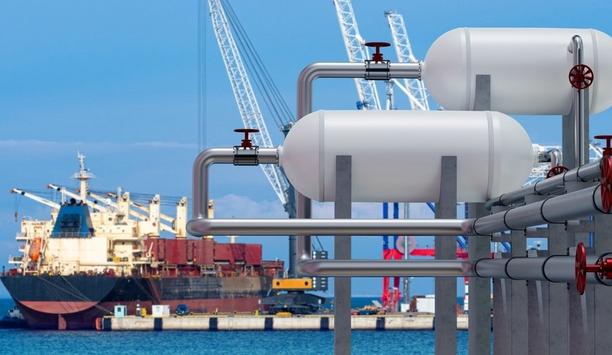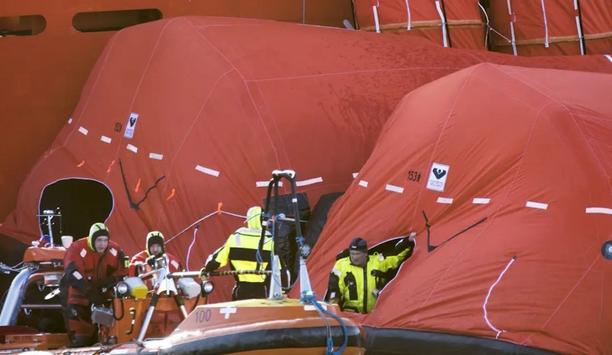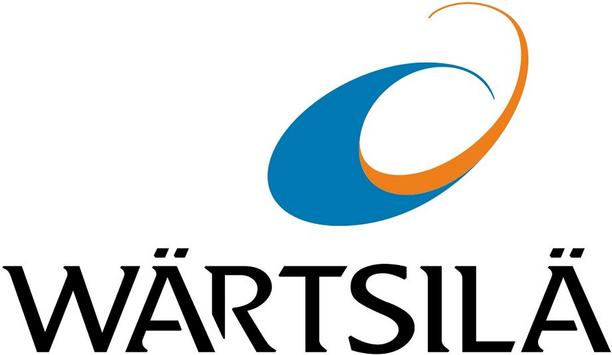Power Generation System 1 (PGS1) reached the milestone at the newly-renovated Testbed 108 in Bristol, UK. Testing is continuing with the aim of reaching up to 2.5 megawatts.
Future ground applications
PGS1 is a demonstrator aimed at proving technology for future hybrid-electric regional aircraft opportunities, and in addition, the generator could be used within a 'more-electric' system for larger aircraft or within future ground applications.
PGS1 is a demonstrator aimed at proving technology for future hybrid-electric regional aircraft opportunities
PGS1 forms an important element of their sustainability strategy, which includes developing innovative electrical power and propulsion systems. Adam Newman, Chief Project Engineer, Aviation Futures, Rolls-Royce, said: “We’ve made a tremendous start to testing – reaching a megawatt is a great achievement. Now we want to go further and see what we can ultimately achieve."
Thermal management system
“Our generator is about the size of a beer keg, yet it has already produced enough electricity to continuously power around 1,000 homes - that is really taking technology to new levels. When future hybrid-electric aircraft opportunities emerge in the megawatt and above class we want to be as prepared as we can be to offer a ready-made solution.”
As well as the generator, the PGS1 system incorporates an AE2100 engine, specialist controls and a thermal management system. Both Testbed 108 and PGS1 have been supported by the UK Aerospace Technology Institute’s MegaFlight project, while the electrical generator, motor and power electronics design, make and testing, which has taken place in Trondheim, Norway, has been supported by the EU Clean Sky 2 programme.











